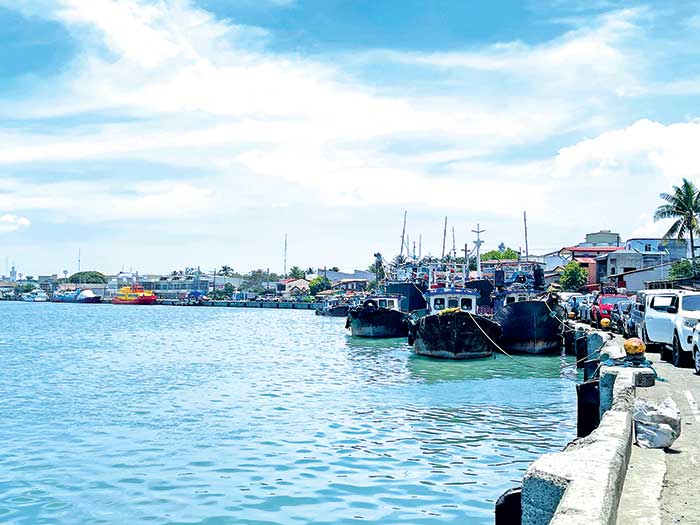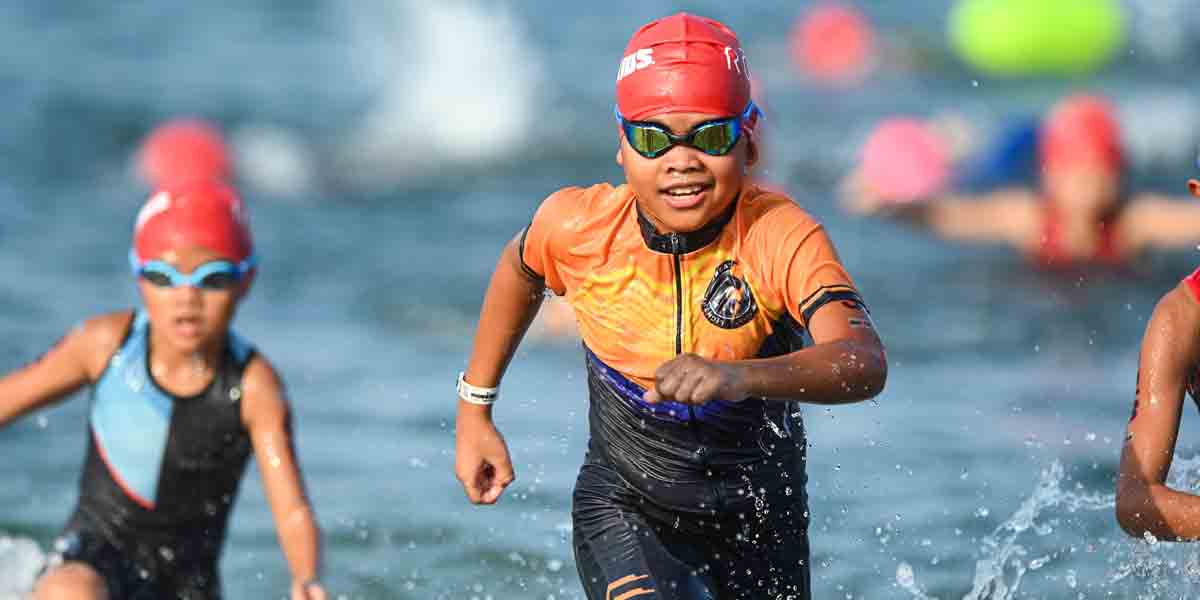
By Francis Allan L. Angelo
The Philippine fishing industry faces a significant demographic challenge as fewer young Filipinos choose careers in fishing.
A new report by the Philippine Statistics Authority (PSA) reveals a stark shift in the age profile of fishing operators, with a growing dominance of older generations.
The PSA’s 2022 Census of Agriculture and Fisheries, which was released December 2024, indicates a 3.6% decline in fishing operators under 50 years old between 2012 and 2022. Their numbers dropped from 578,249 in 2012 to 557,368 in 2022.
Conversely, the proportion of operators aged 50 and above increased by 36.4%, surging from 216,821 in 2012 to 295,697 in 2022.
Notably, the number of operators aged 60 and above skyrocketed by 63.5%, growing from 73,650 to 120,391 over the decade.
“This suggests that fishing is becoming more of a household activity with fewer members per household actively engaged as operators,” the PSA report stated. “This is potentially due to diversification or transition of livelihood or a decrease in younger generations engaged in fishing.”
Regional and Age Disparities
The decline in younger fishing operators is most pronounced in urbanized regions. The National Capital Region (NCR) saw a 67% drop, while SOCCSKSARGEN (Region XII) experienced a 44% decrease.
Middle-aged operators, particularly those aged 30-39, still comprise the largest group, representing 25.3% of all fishing operators.
Meanwhile, the number of fishers below 20 years old dropped by 43.5%, signaling waning interest among the youngest demographics.
Western Visayas recorded a 64.9% increase in operators aged 50 and above. However, it also showed a modest 27% growth in operators under 50, suggesting some degree of youth participation in certain provinces.
Gender Imbalance
The fishing sector remains male-dominated, with men comprising 95% of operators in 2022. However, female participation has more than doubled from 18,920 in 2012 to 42,920 in 2022. Western Visayas showed higher-than-average female involvement at 9.7%, second only to the Cordillera Administrative Region (10.1%).
At the provincial level, South Cotabato leads with the highest female operator proportion at 21.2%, followed by Mountain Province (19.6%) and Kalinga (14.4%). Cebu and Bohol reported the largest absolute numbers of female fishers, with 4,830 and 3,600, respectively.
Economic and Environmental Pressures
The average monthly income of small-scale fishers, ranging from PHP 3,000 to PHP 5,000, falls below the poverty threshold of PHP 12,030 for a family of five.
These economic challenges dissuade young Filipinos from entering the industry, especially as urban migration offers alternative jobs with higher wages.
In NCR, entry-level jobs pay PHP 18,000 to PHP 25,000 monthly, highlighting the wage disparity.
Additionally, climate change exacerbates the situation. Rising sea levels, stronger typhoons, and altered fish migration patterns make fishing more dangerous and less predictable, particularly in regions like Eastern Visayas and MIMAROPA, where the effects of climate change are most severe.
Operational Landscape and Regional Contributions
In 2022, the Philippines recorded 853,065 fishing operators and 854,587 operations. Single proprietorships dominate the sector, making up 98.7% of all operations, underscoring its predominantly small-scale, family-based nature.
Partnerships represented a mere 1.3 percent (10,793), while institutional players such as cooperatives and government agencies contributed less than 0.1 percent.
Marine fishing accounted for 76.5 percent (654,090) of operations, while inland freshwater fishing comprised 14.6 percent (124,630). Brackish waters supported 4.9 percent (41,734) of activities, and combined marine and inland fishing operations made up 3.9 percent (33,721).
Six regions accounted for over half of all fishing operations nationwide.
Central Visayas led with 96,604 operations, followed by Bicol (97,499), Western Visayas (81,123), Eastern Visayas (80,481), and MIMAROPA (77,640).
Marine operations were particularly concentrated in Central Visayas, which accounted for 12.7 percent (87,565) of the country’s total.
Inland fishing was most prevalent in the Bangsamoro Autonomous Region in Muslim Mindanao (BARMM), contributing 23,021 operations or 11.5 percent of the national total.
The Aging Workforce
The average number of fishing operators per household has decreased from 1.05 in 2012 to 1.03 in 2022, reflecting a slight decline in household involvement in fishing.
The PSA data reflect a critical transition period for the fishing industry as the older generation remains the backbone of this sector, while fewer young individuals see it as a viable livelihood.
Specifically, this suggests younger generations may be seeking alternative livelihoods or are less engaged in the traditional family trade.
Economic challenges, environmental concerns, and changing perceptions of fishing as a livelihood could be key factors behind this trend.
Younger generations may prefer urban employment or careers in other industries, thus the need to modernize the fishing industry and make it more appealing to younger workers.
Government and Industry Response
To address these challenges, the Bureau of Fisheries and Aquatic Resources (BFAR) has launched programs such as the Fisheries Scholarship Program and Young Fishers Program.
The government allocated PHP 5 billion in 2024 for fisheries modernization, which includes technology upgrades and training initiatives.
BFAR has also partnered with technical schools to provide courses in modern fishing techniques, aquaculture, and fisheries management. These efforts aim to increase the number of young fishing operators by 20% by 2028.
Financial support initiatives include access to low-interest loans, insurance programs, and technology grants tailored to young fishers.
The government and cooperatives are also introducing modern and sustainable practices to attract younger participants.
As traditional practices face growing challenges, sustainability has become a priority for the industry.
Stakeholders emphasize the need for subsidies, education, and environmentally conscious methods to ensure long-term viability.
Broader Implications
The aging workforce in fishing reflects a broader trend in Philippine agriculture, where the average farmer’s age is now 57 years.
Experts warn that as traditional food producers grow older without successors, the country faces significant food security risks and the loss of generational knowledge.
The solution lies in modernization, education, financial support, and social protection for fishing communities, which are shared responsibilities between government, industry players, and local communities.”
The Philippine fishing industry remains a vital contributor to food security and local economies, employing 1.6 million people directly or indirectly and contributing 1.3% to the national GDP.
However, its survival hinges on reversing the decline in youth participation and addressing systemic challenges.
Until these issues are resolved, the tide of young people leaving the fishing industry may continue to rise, potentially transforming one of the Philippines’ oldest and most essential sectors.























This decline of young Filipinos fishers is the same trend among farmers and is definitely bad news for our food sovereignty, especially that the ever increasing impacts of climate change will only increase our risk of our weakening capacity to produce our own food. Serious efforts must be undertaken by government to reverse this trend as soon as possible! The Makakalikasan Nature Party Philippine calls on all our party members and members of the Makakalikasann Youth to cooperate with government and the private sector fore related programs to address this issue!